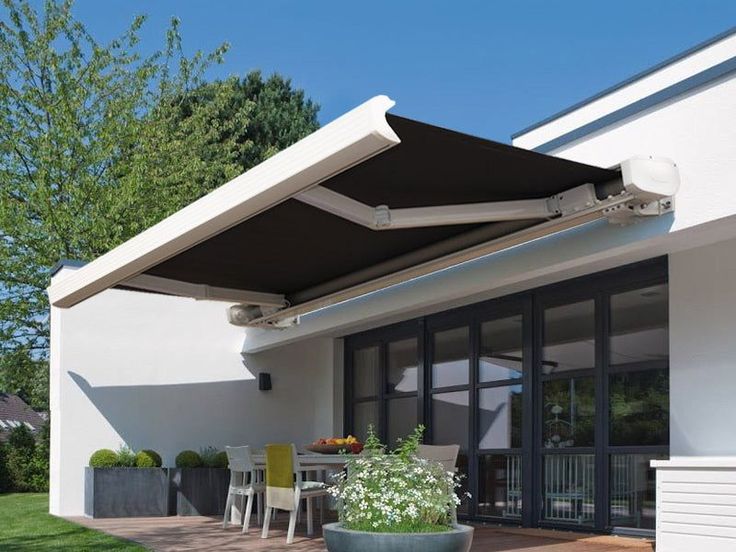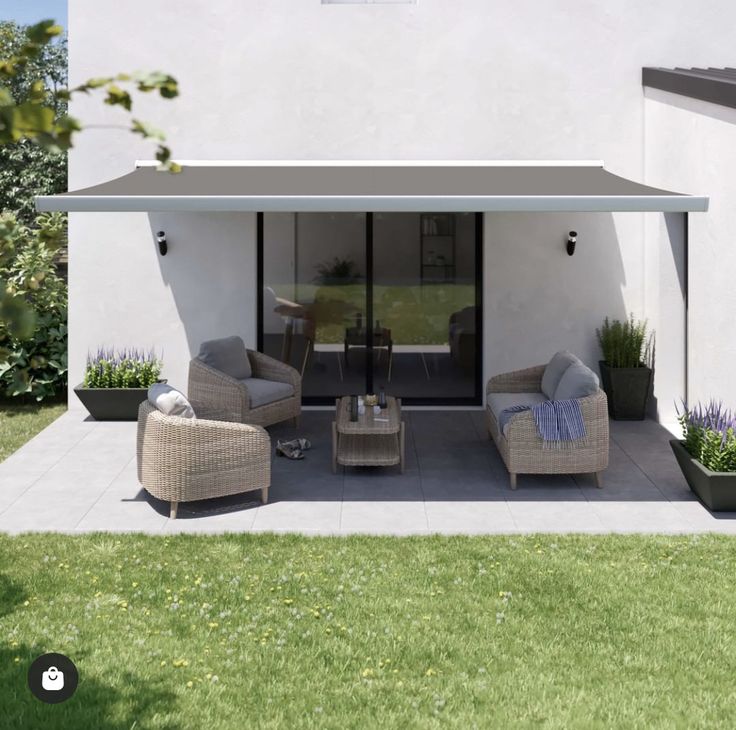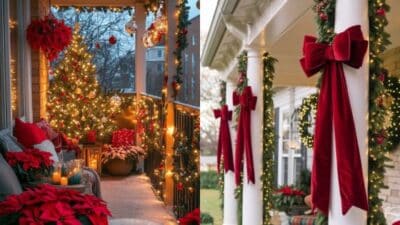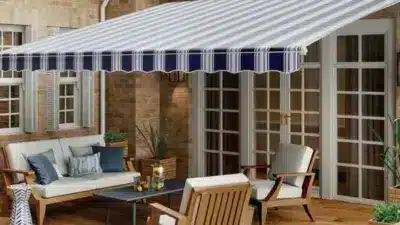
Why Choosing the Right Awnings for Your Home Matters
Selecting the right awning is more than a stylistic decision—it’s an investment in comfort, efficiency, and the long-term enjoyment of your property. Long Island homeowners face unique environmental demands, from intense summer sun to sudden coastal winds. The right awning helps protect outdoor areas, moderates indoor temperatures, and enhances curb appeal. When thoughtfully chosen, an awning becomes a functional design element that elevates how you live in and enjoy your home.
Transform Your Outdoor Space
Awnings have the power to redefine how you use your patio, deck, or backyard. With a well-designed shade structure, previously unused areas become inviting spaces for lounging, dining, or entertaining. Shade encourages longer outdoor stays, especially during peak summer hours. By mitigating harsh UV rays and bright glare, awnings create a soft, ambient environment perfect for relaxation. It’s a straightforward upgrade that dramatically expands your living footprint without any structural renovation.


Boost Energy Efficiency in Warmer Months
Long Island summers can bring unexpected heat waves. An awning shields windows and doors from direct sunlight, reducing indoor temperatures and lowering reliance on air conditioning. This passive cooling effect is subtle but significant—preventing solar heat gain can cut energy usage and utility costs during peak summer months. In south-facing areas, a retractable awning can make an even larger difference, minimizing heat accumulation before it enters the home.
Add Value and Style to Your Home
Awnings enhance exterior design, contributing character and charm to any home style—Cape Cod, Colonial, contemporary, or coastal. Color, fabric, and design choices allow you to echo architectural lines or add a bold visual accent. Beyond aesthetics, quality awnings offer long-term value by protecting furniture, siding, and windows from UV wear. When installed professionally, they deliver a polished, upscale look that appeals to future buyers and elevates the home’s overall perceived value.
Key Factors to Consider Before Buying Retractable Awnings

Material and Durability
The longevity of an awning depends on the materials used. Fabrics like solution-dyed acrylic resist fading, mildew, and moisture—critical qualities for Long Island’s humid coastal environment. Aluminum or powder-coated frames withstand salt-laden air and corrosive outdoor conditions. When evaluating materials, it’s worth choosing options engineered for year-round resilience rather than lower-cost fabrics that deteriorate quickly.
Style and Design
Retractable awnings come in an array of styles, from sleek modern profiles to classic open-roll designs. Fabric patterns, color palettes, and valance options should complement the home’s architecture. For contemporary homes, minimalistic frames and solid neutral colors create a seamless visual flow. For traditional spaces, striped fabrics or scalloped edges add timeless charm. Form should align with function—choose a design that both suits the structure and enhances the home’s aesthetic.

Functionality and Features
Modern awnings offer more than shade. Motorized systems provide effortless control, ideal for quick adjustments during changing weather. Sun and wind sensors automatically retract the awning during strong gusts, protecting your investment. Integrated LED lighting allows evening use without external fixtures. Homeowners who want convenience often look for systems that pair with smart home platforms, making shade control as simple as a tap on a phone.
Budget and Cost
Pricing varies based on size, fabric quality, frame construction, and additional features. While manual awnings are more affordable, motorized versions deliver greater ease of use and longevity. Instead of focusing solely on upfront cost, consider long-term value—higher-quality materials and better warranties often save money over time by reducing maintenance and replacements. A well-chosen awning provides returns in comfort and efficiency that outweigh the initial investment.
How to Choose the Perfect Awnings for Your Home


Measuring and Installing Your Awning
Accurate measurements ensure proper coverage and structural balance. Consider window width, mounting height, and projection depth to achieve ideal shade without obstructing doors, walkways, or architectural details. Professional installation is recommended—experienced technicians account for load-bearing surfaces, bracket placement, and optimal angle for shade and runoff. Correct installation safeguards your awning against Long Island’s unpredictable wind patterns and seasonal weather changes.
Adapting to the Long Island Climate
Long Island’s climate demands awnings that are both resilient and adaptable. Summers are warm and occasionally humid; winters can be brisk and snowy. A retractable design allows quick retraction to protect the awning during storms or high winds. Durable, weather-resistant fabrics prevent mildew and fading from salty ocean air. For homes closer to the coast, wind-rated systems or reinforced arms offer added stability. This adaptability ensures performance throughout shifting seasons.

Longevity
To maximize the lifespan of your awning, regular maintenance is essential. Keep the fabric dry, clean off debris, and check the frame annually for signs of wear. High-quality awnings with premium fabrics can last a decade or more with proper care. Motorized systems should be maintained according to manufacturer guidelines to preserve smooth operation. Investing in protective covers or retracting the awning during storms further extends its lifespan.
Common Questions About Outdoor Awnings

Are retractable awnings worth the investment?
Yes. They provide flexibility, shade on demand, and weather protection that fixed awnings cannot. They also reduce indoor temperatures and extend outdoor living space.
How long do outdoor awnings typically last?
With proper care, premium awnings last between 10–15 years or longer. Lower-quality fabrics may fade or deteriorate sooner.
Do awnings require a lot of maintenance?
Maintenance is simple—occasional cleaning, ensuring the fabric dries fully, and periodic frame checks. Motorized units may need occasional servicing.
Can awnings withstand Long Island wind and weather?
High-quality units are designed to endure local conditions. Wind sensors, reinforced arms, and corrosion-resistant materials help protect them throughout the year.
What size awning should I choose?
The ideal size depends on your space. Measure width, projection, and mounting height to determine optimal coverage without blocking windows or walkways.
- 0shares
- Facebook0
- Pinterest0
- Twitter0



